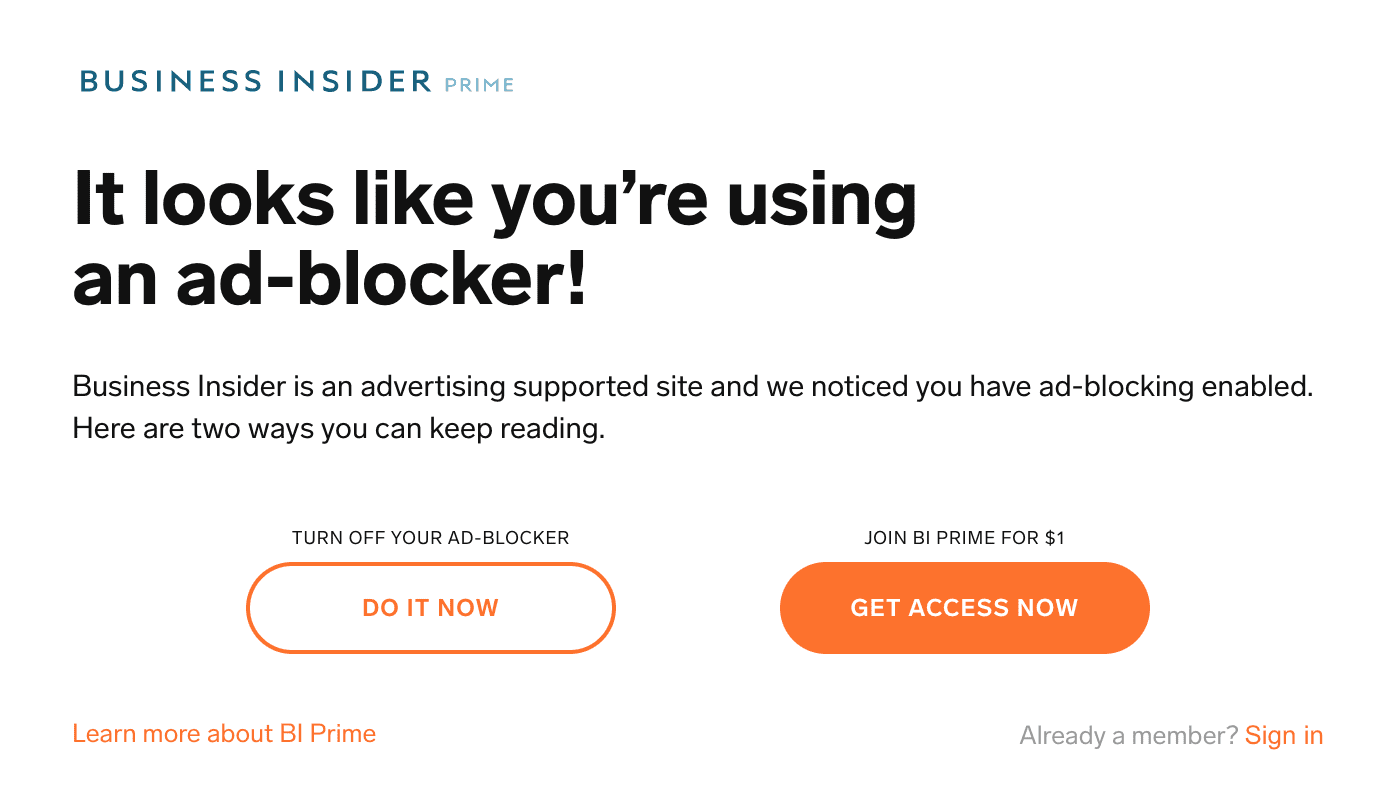
While Mozilla VPN only came out in 2020, it would’ve been nice if the add-on was supported directly from the very start, considering just how useful it is, but now it’s here. That makes it a cool way to see what’s trending on YouTube in two different countries at once and a crucial privacy tool for avoiding prying eyes trying to find a connection between your different online personas. When combined with the Multi-Account Containers add-on, using Mozilla’s VPN can help mask your web activity even more, as it makes it harder for servers to track you based on where you’re accessing a site from. As Mozilla’s blog post explains, you can connect each of your online personas with a different server - for example, if you’re traveling abroad but want to check your online bank account back home, you can use the add-on to browse for local shops in one tab and then manage your personal finances from a server near your hometown in another. The containers just don’t hold your browsing histories - they also store cookies and tracking information, which means you can sign into different accounts on the same site just by clicking over to another container.īut using the add-on with Mozilla VPN comes with a distinct advantage (well, at least in my option): the ability to hide your location across containers. It works to “contain” your different online lives into separate tabs that you can label with colors, icons, or names. Multi-Account Containers has been available as a Firefox add-on since 2017. In the report, you'll learn about any issues found with your site and how to address them.Mozilla is combining its Multi-Account Containers add-on with its VPN service, which lets you keep your online personas - such as your work and personal browsing histories - separate. If ads are being removed from a site that you own, visit the Ad Experience Report. The standards discourage the types of ads that are particularly annoying to people. Stop Chrome from blocking ads on your siteĬhrome removes ads from websites that violate the Better Ads Standards. To the right of "Ads," click the Arrows.To the left of the web address, click Lock or Info.Go to a page you trust that has blocked ads.If you trust a site, you can add an exception to allow ads on that site. Turn off Block ads on sites that show intrusive or misleading ads.Click Privacy and security Site Settings.Matt Elliott/CNET AdBlock Plus is a Chrome or Firefox extension that does just what its name suggests. You can change your settings to allow ads on all sites. Before and after shots of AdBlock Plus, using the right panel of my Facebook page as an example. Learn more about why Chrome blocks ads in the Google blog. Intrusive ads will be removed from the page.



When these ads are blocked, you'll see an "Intrusive ads blocked" message. Annoying ads with flashing graphics or autoplaying audio.You won't see ads on websites that have poor ad experiences, like:


 0 kommentar(er)
0 kommentar(er)
